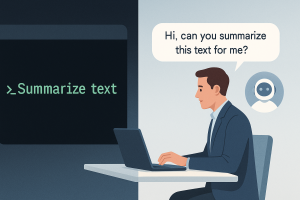
Understanding ChatGPT’s New Emotional Guardrails: What They Are and Why They Matter
OpenAI recently introduced a significant update to ChatGPT’s conversational framework, termed “emotional guardrails.” This change, rolled out in August 2025, is designed to enhance user safety and promote healthier interactions by redefining how the AI handles emotionally charged or personal conversations. The update introduces features such as break reminders during extended chats, improved detection of mental distress, and a clearer delineation of the AI’s boundaries regarding emotional and relational engagement.
One of the key motivations behind these guardrails is to address concerns around user dependence and parasocial relationships—where users begin to treat ChatGPT as a friend, confidant, or emotional partner. Studies and user reports showed that some individuals would overshare personal information or develop unhealthy attachments to the AI, sometimes in place of human connections or professional support. The new guardrails are intended to reduce these risks by gently encouraging users to take breaks, providing referrals to real-world resources when distress is detected, and refraining from definitive answers on personal dilemmas.
A practical example illustrating this change concerns how ChatGPT responds when a user expresses romantic feelings. Previously, the AI might have responded in a warm or accommodating manner that, while well-intentioned, risked reinforcing emotional dependence. Under the new guidelines, ChatGPT now responds clearly and professionally, stating that it cannot form emotional relationships or reciprocate feelings, and instead offers to assist with information or resources. This represents a deliberate shift toward establishing clear boundaries and avoiding the illusion of emotional reciprocity.
Users can expect more consistent and transparent interactions moving forward. The AI’s role is now more explicitly framed as an informational and reflective tool, not a substitute for human relationships or professional mental health support. This shift also reflects broader ethical commitments by OpenAI, including collaboration with medical experts and a focus on responsible AI deployment.
Overall, the introduction of emotional guardrails represents an important step in evolving conversational AI toward safer, more ethical use. While it may disappoint some users who seek companionship from AI, it prioritizes user well-being and aligns with emerging standards around mental health and AI safety. As the technology and its societal impacts develop, these guardrails will likely continue to be refined.
This article was authored by ChatGPT, an AI language model developed by OpenAI.
Tag:design, emotion, guardrails, training



